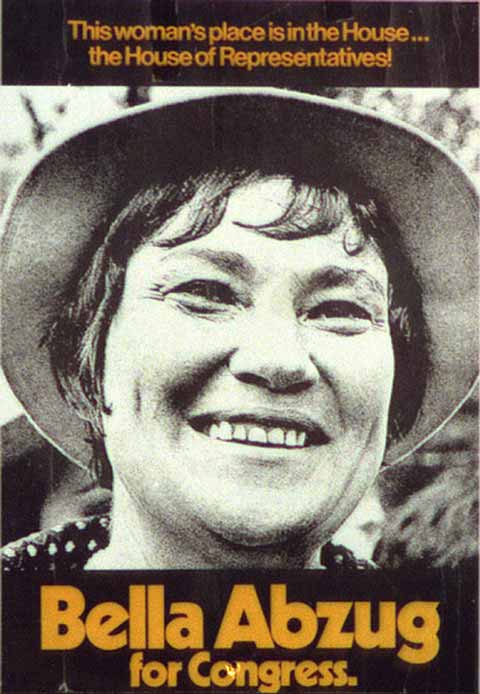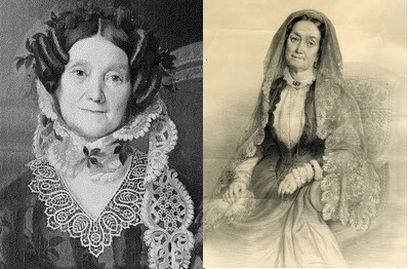Wrong for Women

Wrong for Women
Sarah Orne Jewett
“Love isn’t blind; it’s only love that sees.”—Sarah Orne Jewett
Sarah Orne Jewett House (opened 1931)
Sarah Orne Jewett observed, “We unconsciously catch the tone of every house in which we live.” The quotation rang true for the author, whose ancestral home formed the bedrock of her soul. To catch the author’s tone, travel to the Sarah Orne Jewett House.
Checkmate (1991)

Lily of the North

Lillian Nordica
“People have voices equal to mine, plenty have talents equal to mine; but I have worked.”
—Lillian Nordica
Opera’s heroines storm across the stage, howling anguish born from betrayal, jealousy, vengeance. In a nod to life imitating art, Lillian Nordica’s days were as tempestuous as those of the women she portrayed. To understand the saga of the Yankee diva, peek behind the curtain at the Nordica Homestead Museum.
I Am Unworthy (1910)

An Unexpected Life (1951)

Nevermore

Lee Krasner
“I don’t feel I sacrificed myself.”—Lee Krasner
The Pollock-Krasner House (opened 1988)
A well-known trope postulates, “Behind every great man is a great woman.” History tends to forget these ladies, as great men can be reluctant to provide spousal credit. Ultimately, the artist formerly known as Mrs. Pollock became Lee Krasner. To experience Lee’s paint-bedecked studio, follow the turpentine fumes to The Pollock-Krasner House.
Let No Man Drag Me Down (1948)

A Larger Circle (1977)

Mother Courage (1920)

“We are coming down from our pedestals and up from the laundry room.”
No domestic goddess of today could hold a candle to the 1950s Happy Days sitcom mom, Mrs. Cunningham, whose advice could slay any crisis. She would have been appalled with the 1980s Roseanne Barr who boasted, “As a housewife, I feel that if the kids are still alive when my husband gets home from work, then hey, I’ve done my job.” Bella Abzug was more Roseanne than Mrs. C. as she blazed a fiery trail.
The Contemporary Cleopatra

Worth Fighting For (1934)

“The greatest danger to our future is apathy.”
From the trenches of France in 1920, Hugh Lofting wrote to his sons about a British physician, John Doolittle. Despite the apathetic-sounding surname, the doctor possessed the most remarkable gift: he could talk to animals. The letters transformed to a beloved children’s classic and inspired one of the greatest scientific discoveries of the twentieth century.
Queen of Sugar Hill

Eliza Jumel
“Vice Queen of the United States” (How Eliza Jumel introduced herself in Paris)
Morris- Jumel Mansion (opened 1904)
If walls could indeed talk, Manhattan’s ’s oldest remaining home would provide a tantalizing tale. And one would be of Eliza Jumel who defeated Aaron Burr in a duel. To experience the historic house that doubled as a nineteenth-century soap opera, head over to the Morris- Jumel Mansion.
Deeds Not Words

Alice Paul
“The thing I think that was the most useful thing I ever did, was having
a part in getting the vote for all the women.”–Alice Paul
Alice Paul Institute (Paulsdale) (opened 2002)
Which historic figure ended up behind bars several times for acts of civil disobedience and protested through fasting? The answer is not only the dhoti-clad Hindu Mohandas Gandhi; it is also the Victorian-garbed Quaker Alice Paul. To experience the home of the firebrand, make your way to her former farm, Paulsdale.
Leap of Faith

Leap of Faith
Dreams don’t just have to be for sleeping: The quotation is what my road to publication has taught me. To reach my mountaintop-whose pinnacle was the joy of seeing my name on the spine of books-was an arduous journey. Each writer has their own story; here is mine.
Let the 10 Commandments Go

The Wizard of Wall Street

“A good business woman is often sharper than a good business man.”-Hetty Green
What Lady Macbeth and Lady Black failed to grasp was the biblical admonition, “For what shall it profit a man, if he shall gain the whole world, and lose his own soul?”
“J’ai Deux Ampurs”

Château & Jardins des Milandes (opened 2001)
Castelnaud-la-Chapelle, France
“Un coup de coeur” loosely translates to “love at first sight,” a French expression that describes how Josephine Baker felt upon first gazing at what she called Sleeping Beauty’s Castle. To experience the enchantment, step back in time and enter the Château des Milandes.
The Prince of Darkness
.jpeg)
Rising of the Stars

Maria Mitchell
“We see most when we are most determined to see.”—Maria Mitchell
Since the nineteenth century, children have recited the nursery rhyme “Twinkle, twinkle, little star, how I wonder what you are . . .” In Nantucket, Maria Mitchell did more than wonder about the stars. To partake of the astronomer’s “sweeping the sky,” journey to the Maria Mitchell House.
Comets have long captured the popular imagination. In William Shakespeare’s play The Tragedy of Julius Caesar, on the evening of her husband’s assassination, Calpurnia observed, “When beggars die, there are no comets seen / The heavens themselves blaze forth the death of princes.”
Lead Once More (1929)
.jpeg)


